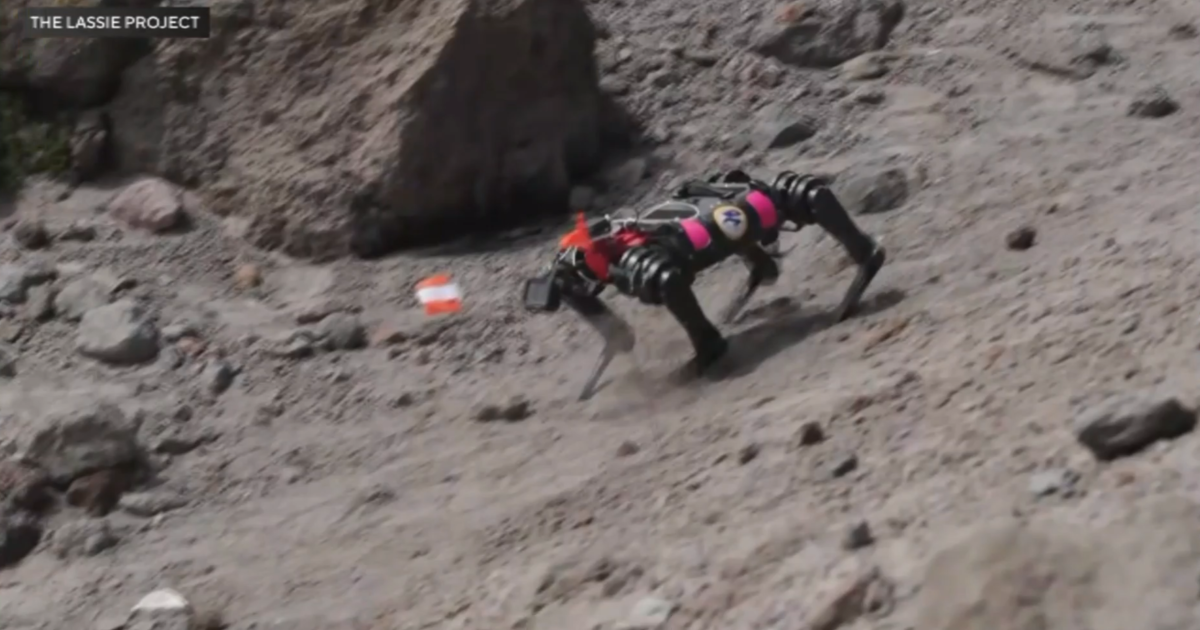NASA, USC robotics team for space exploration program
The University of Southern California's robotics team has teamed up with NASA in an effort to improve exploration of other planets and strengthen data The University of Southern California's robotics team has partnered with NASA in an effort to improve exploration of other planets and increase data collection. The LASSIE Project involves the University of California's mechanical engineering student Ethan Fulcher co-wrote the software for the robot Spirit, which has been tested on the sands of Manhattan Beach and the New Mexico desert. The project aims to collect data on how Spirit steps on loose sand, and even on something as brittle as a graham cracker, which they say is meant to mimic ice. The data will also help determine where the ground is more stable on planets, where homes could be built.

Published : 4 weeks ago by The Bharat Express News in Science
The University of Southern California’s robotics team has teamed up with NASA in an effort to improve exploration of other planets and strengthen data collection.
Half a dozen other schools are also part of the program, which is called The LASSIE Project of Legged Autonomous Surface Science In Analogue Environments. USC’s mechanical engineering student Ethan Fulcher co-wrote the software for the robot called Spirit.
“The goal of this project is not just to move, but to collect science as we go,” Fulcher said.
So far, Spirit has been tested on the sands of Manhattan Beach and the New Mexico desert.
“We hope that in the future our robot can be sent to the moon, Mars and beyond and help us explore a wide range of planetary surfaces,” said USC roboticist Feifei Qian.
They’re collecting data on what happens when Spirit steps on loose or wet sand, and even on something as brittle as a graham cracker, which they say is meant to mimic ice.
In turn, they will use the data to determine where the ground is more stable on planets, where homes could one day be built.
Members of the LASSIE project say it is a multidisciplinary effort.
“It takes people from all different disciplines, from science, engineering, construction and behavioral sciences,” said Texas A&M geologist Ryan Ewing. “This project integrates all of these.”
Until now, space-bound robots like the Mars rover have been wheel-based and experience limitations when it comes to steep terrain. That’s where the Spirit is supposed to come in.
A recent test on Mount Hood showed that the robot still had work to do, and at times it struggled. Still, Fulcher says there’s still value in the data they’ve collected.
“If we go to the moon or Mars, we have enough tools,” he said.
The project is expected to last until 2025 and cost about $3 million, according to USC’s Viterbi School of Engineering.
Topics: Academia, USC, Space, NASA
